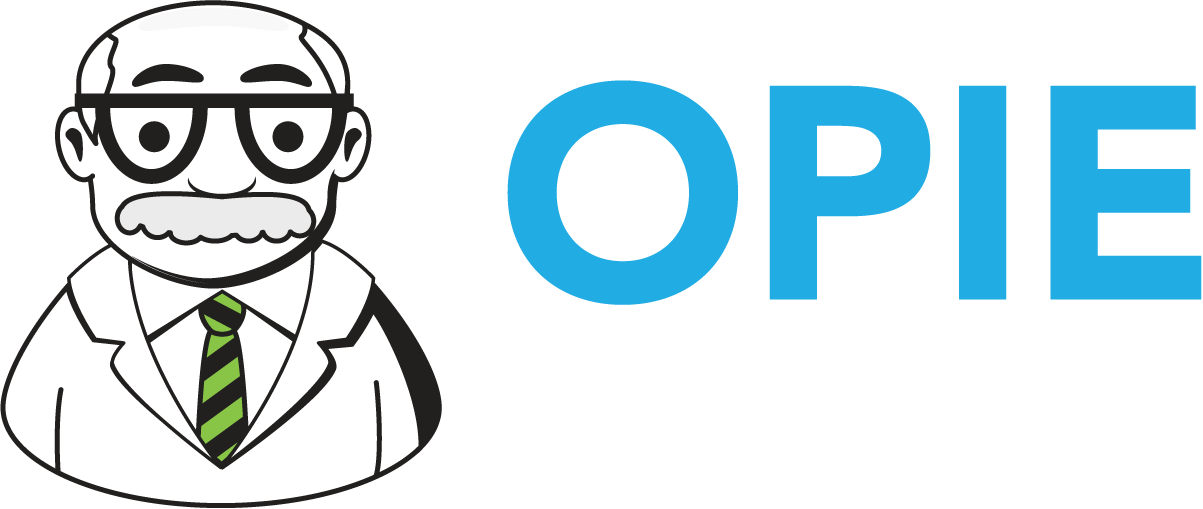Understanding Strategy and Leadership
Last week I wrote about the importance of setting clear and measurable goals and metrics to maintain transparent accountability for you and your practice. The benefit of doing this is paramount and studies have shown that it significantly improves overall consistency and performance. It’s important to build this into the foundation of your business or you could be setting yourself up for a bumpy ride. I read this article in the Harvard Business Review about the “4 Ways Lying Becomes the Norm at a Company” and I think many of the reasons listed in the article correlate to transparency, accountability, and the quality of leaders on your team.
The first factor mentioned was “a lack of strategic clarity.” Strategic clarity comes from having the right leadership culture. A study by the Center for Creative Leadership found that the four most important skills/capabilities needed by organizations in the future—leading people, strategic planning, inspiring commitment, and managing change—are among the weakest competencies for today’s individual leaders. But it also showed that the nature of effective leadership is changing. Approaches focusing on flexibility, collaboration, crossing boundaries, and collective leadership are increasingly more important than the basics of “making the numbers.”
The challenge is in finding the right leadership culture for your company because the common thread among these studies is a powerful one: choosing the right leadership culture is the difference between success and failure. It is well known that healthcare delivery in the US is being scrutinized and tweaked in every possible way. From “value-based care” to a single-payer system and everything in between, the only thing we really know is that we don’t know how O&P will be impacted, but the likelihood of change is very high.
As companies face change, they need to invest intentionally in a leadership culture that will match the unfolding challenge. The beliefs that drive leadership behaviors need to align with the operational business strategy, and once they do, that “clarity of vision” becomes more evident.
At OPIE Software, we have benefitted from some great minds in business leadership, including John Spence and Spencer Penhardt. These men have coached us in business leadership and have worked with us as we created programs specifically for O&P that are designed to help a practitioner-owner acquire the skills and knowledge necessary to strategically manage the business of O&P.
For over eleven years, we have built an education strategy focused on your success and O&P Practice Management. We have looked at leadership, financial management, patient management, fabrication management, the differing daily workflows that happen in an O&P practice, and most importantly, the long-term viability and profitability of a practice. We have performed Root Cause Analysis and employed teams of O&P experts to tease out the nuances. The result is a revolutionary process for teaching everyone who works in an O&P practice how to be more efficient, more aligned, and provide better patient care while effectively managing the business of O&P.

